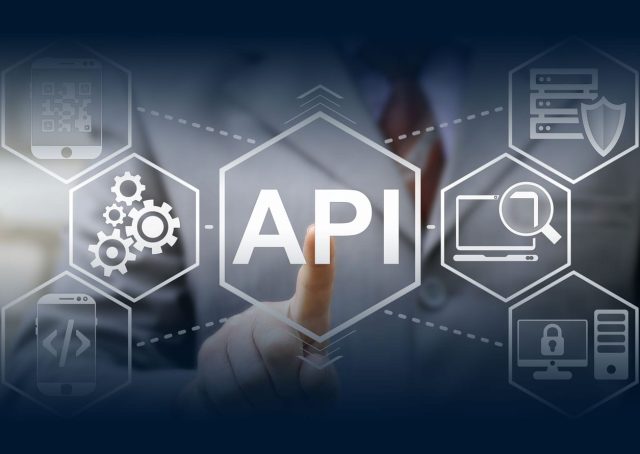APIs or application programming interfaces are these little pieces of code at the endpoint of software that allow other software to connect and communicate with it. They have brought a revolution to the Indian banking and finance industry – one that many other countries are trying to learn from – and they could do the same in healthcare and other fields.
For many reasons, organizations charge a fee for their API connections, and that brings substantial revenues. But, in other cases, they offer APIs free, hoping it will help create an ecosystem that will eventually benefit everyone, including them. So profound is their influence that many now talk in terms of the `API economy.’
The government initiative called IndiaStack, a set of public APIs is the finest example of this. Its Aadhaar Auth API, launched in 2010, allows a vast number of third-party service providers today to connect to the Aadhaar database and authenticate you when you provide your biometric inputs. Its eSign API enables service providers to allow an Aadhaar holder to electronically sign a form or document anywhere and on any device. In combination with a virtual payment address, its UPI API enables bank account holders to send and receive money instantly from their smartphones without the need to enter bank account information or net banking user id and password. Even third-party service providers can use these APIs, which is how Google Pay and PhonePe made transfers so delightful.

















